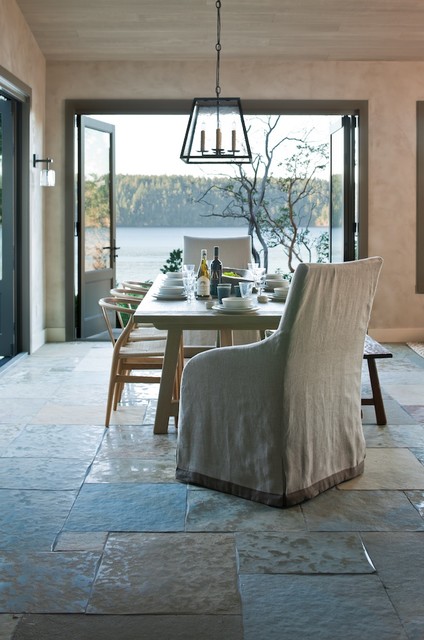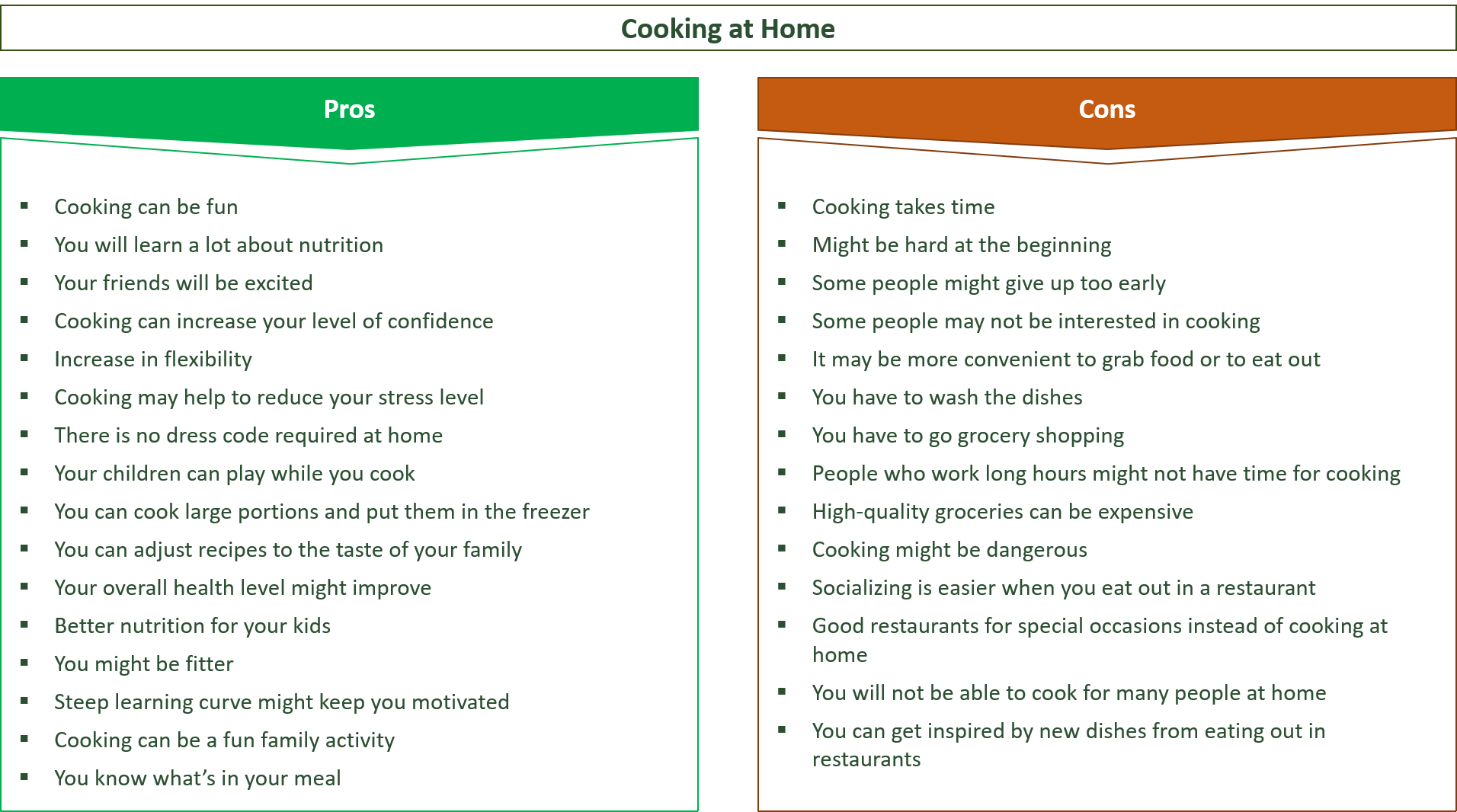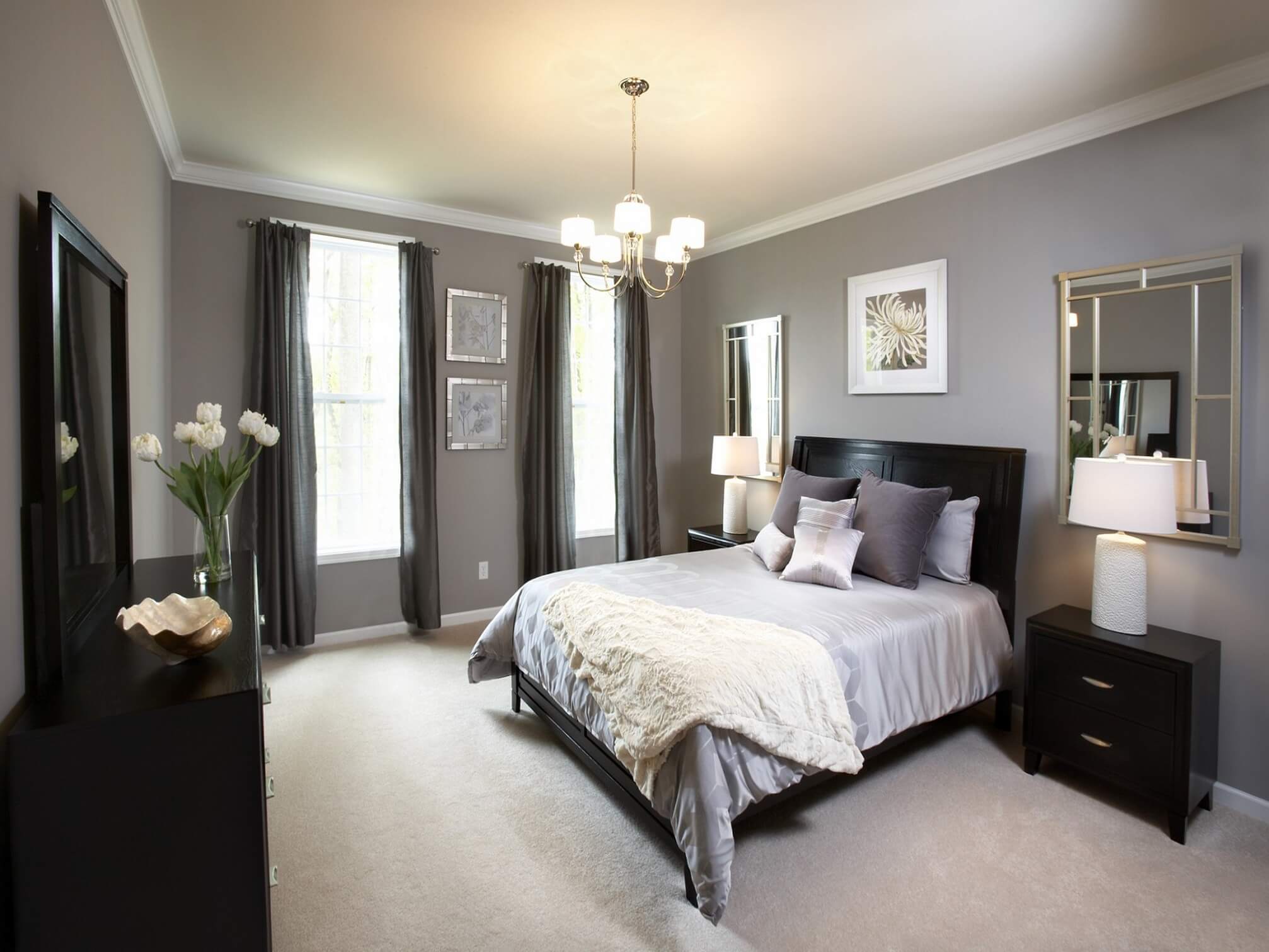Eating in the Living Room: A Guide to Proper Etiquette
Eating in the living room can be a fun and convenient way to enjoy a meal while relaxing on the couch or watching TV. However, it's important to follow proper etiquette to ensure a pleasant and respectful experience for everyone involved. Here are some dos and don'ts of eating in the living room to keep in mind.
How to Keep Your Living Room Clean While Eating
One of the biggest concerns when eating in the living room is keeping the space clean and free from spills and stains. To avoid any messes, make sure to use trays or placemats to catch any drips or crumbs. It's also a good idea to have a designated spot for trash so that wrappers and other food debris can be disposed of easily.
The Dos and Don'ts of Eating in the Living Room
It's important to remember that the living room is not a traditional dining space, so there are certain dos and don'ts to keep in mind. Do use coasters for drinks to prevent damage to furniture. Do clean up after yourself and put away any leftover food. Don't leave dirty dishes or trash lying around. Don't use the couch or other furniture as a table for your plate or utensils. These simple rules will help keep your living room clean and tidy.
Creative Ways to Set Up a Dining Area in Your Living Room
If you don't have a designated dining space, you can get creative with your living room to create a makeshift dining area. One option is to use a coffee table and floor pillows for a casual dining experience. Another idea is to use a folding tray table or small bistro table and chairs. You can also use a bar cart or side table for drinks and snacks. The possibilities are endless, so don't be afraid to think outside the box.
The Benefits of Eating in the Living Room
While some may see eating in the living room as a lazy or untraditional way to dine, there are actually some benefits to this practice. For one, it allows for a more relaxed and comfortable dining experience. It also allows for multitasking, such as catching up on a TV show or scrolling through social media while eating. Just be sure to still practice good manners and etiquette while doing so.
How to Avoid Spills and Stains When Eating in the Living Room
Accidents can happen, but there are steps you can take to avoid spills and stains when eating in the living room. First, try to avoid messy or greasy foods that are more likely to cause spills. If you do spill something, act quickly and blot the area with a clean cloth or paper towel. It's also a good idea to have some stain remover on hand, just in case.
Making the Most of Your Living Room Dining Experience
Eating in the living room can be a fun and enjoyable experience, but there are ways to make it even better. Try setting the mood with some soft lighting and background music. You can also add some decorative touches, such as candles or a tablecloth, to make the space feel more special. And of course, the company you're with can greatly enhance the dining experience, so choose your dining companions wisely.
The Best Foods to Eat in the Living Room
When deciding what to eat in the living room, it's important to choose foods that are easy to eat and won't make a mess. Finger foods, such as sandwiches, wraps, and cut-up fruits and veggies, are great options. Avoid foods with lots of sauces or drippy toppings. And don't forget to have some napkins or wet wipes on hand for easy clean-up.
How to Create a Cozy and Inviting Dining Space in Your Living Room
Eating in the living room doesn't have to feel like a compromise. With some simple touches, you can create a cozy and inviting dining space that will make you forget you're not in a traditional dining room. Use throw pillows and blankets to make seating more comfortable. You can also add some plants or candles to add warmth and ambiance to the space.
The Pros and Cons of Eating in the Living Room
As with any dining situation, there are pros and cons to eating in the living room. Some pros include convenience, comfort, and the ability to multitask. On the other hand, some cons may include potential messes, lack of proper seating, and distractions from electronic devices. Ultimately, it's up to personal preference and finding a balance between comfort and etiquette.
Eat in the Living Room: A New Trend in House Design

Maximizing Space and Creating a Cozy Atmosphere
 In recent years, the concept of eating in the living room has gained popularity in the world of house design. Traditionally, the dining room has been the designated area for meals, but with the rise of smaller living spaces and the desire for a more relaxed dining experience, eating in the living room has become a new trend. This trend not only maximizes space but also creates a cozy atmosphere for family and friends to gather and enjoy a meal together.
Maximizing Space:
With the increasing popularity of smaller and more compact living spaces, homeowners are constantly looking for ways to make the most out of their limited space. By incorporating the idea of eating in the living room, they can eliminate the need for a separate dining room and instead use that space for other purposes. This not only makes the living area more functional but also creates a more open and spacious feel.
Creating a Cozy Atmosphere:
Eating in the living room also allows for a more relaxed and casual dining experience. Unlike the formal setting of a dining room, the living room offers a comfortable and inviting ambiance. This is particularly appealing for families with young children who may find it challenging to sit still at a dining table for an extended period of time. In the living room, they can move around and play while still being a part of the mealtime conversation.
Designing for the Trend:
To successfully incorporate the concept of eating in the living room, it is essential to consider the layout and design of the space. Investing in a comfortable and spacious sofa or sectional is key, as this will serve as the main seating area during mealtimes. A coffee table or ottoman can also double as a dining table, providing a convenient and functional dining surface. Additionally, it is important to choose durable and easy-to-clean materials for furniture and surfaces, as spills and messes are more likely to occur in a living room dining setting.
In conclusion, the trend of eating in the living room is not only a practical solution for maximizing space but also creates a warm and inviting atmosphere for family and friends to gather and enjoy a meal together. With thoughtful design and a few key furniture pieces, this trend can easily be incorporated into any home, making mealtime more enjoyable and functional.
In recent years, the concept of eating in the living room has gained popularity in the world of house design. Traditionally, the dining room has been the designated area for meals, but with the rise of smaller living spaces and the desire for a more relaxed dining experience, eating in the living room has become a new trend. This trend not only maximizes space but also creates a cozy atmosphere for family and friends to gather and enjoy a meal together.
Maximizing Space:
With the increasing popularity of smaller and more compact living spaces, homeowners are constantly looking for ways to make the most out of their limited space. By incorporating the idea of eating in the living room, they can eliminate the need for a separate dining room and instead use that space for other purposes. This not only makes the living area more functional but also creates a more open and spacious feel.
Creating a Cozy Atmosphere:
Eating in the living room also allows for a more relaxed and casual dining experience. Unlike the formal setting of a dining room, the living room offers a comfortable and inviting ambiance. This is particularly appealing for families with young children who may find it challenging to sit still at a dining table for an extended period of time. In the living room, they can move around and play while still being a part of the mealtime conversation.
Designing for the Trend:
To successfully incorporate the concept of eating in the living room, it is essential to consider the layout and design of the space. Investing in a comfortable and spacious sofa or sectional is key, as this will serve as the main seating area during mealtimes. A coffee table or ottoman can also double as a dining table, providing a convenient and functional dining surface. Additionally, it is important to choose durable and easy-to-clean materials for furniture and surfaces, as spills and messes are more likely to occur in a living room dining setting.
In conclusion, the trend of eating in the living room is not only a practical solution for maximizing space but also creates a warm and inviting atmosphere for family and friends to gather and enjoy a meal together. With thoughtful design and a few key furniture pieces, this trend can easily be incorporated into any home, making mealtime more enjoyable and functional.






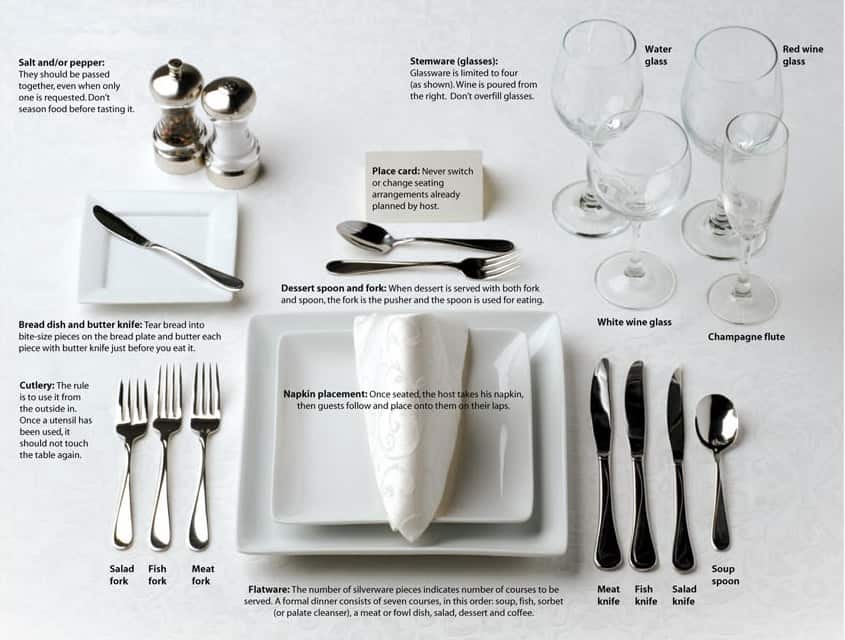














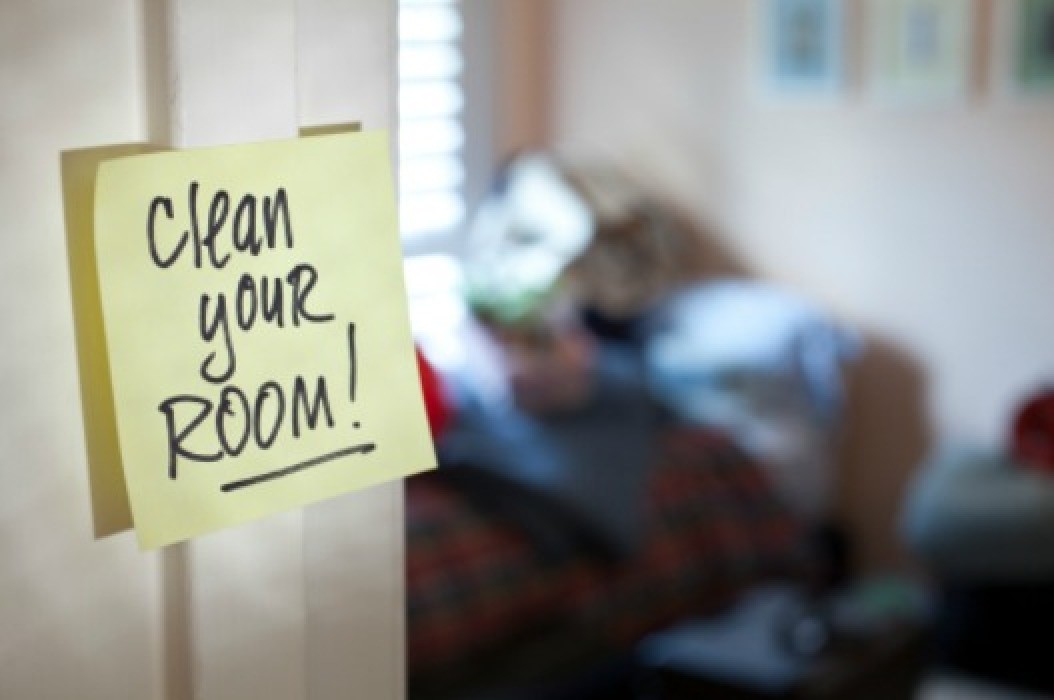

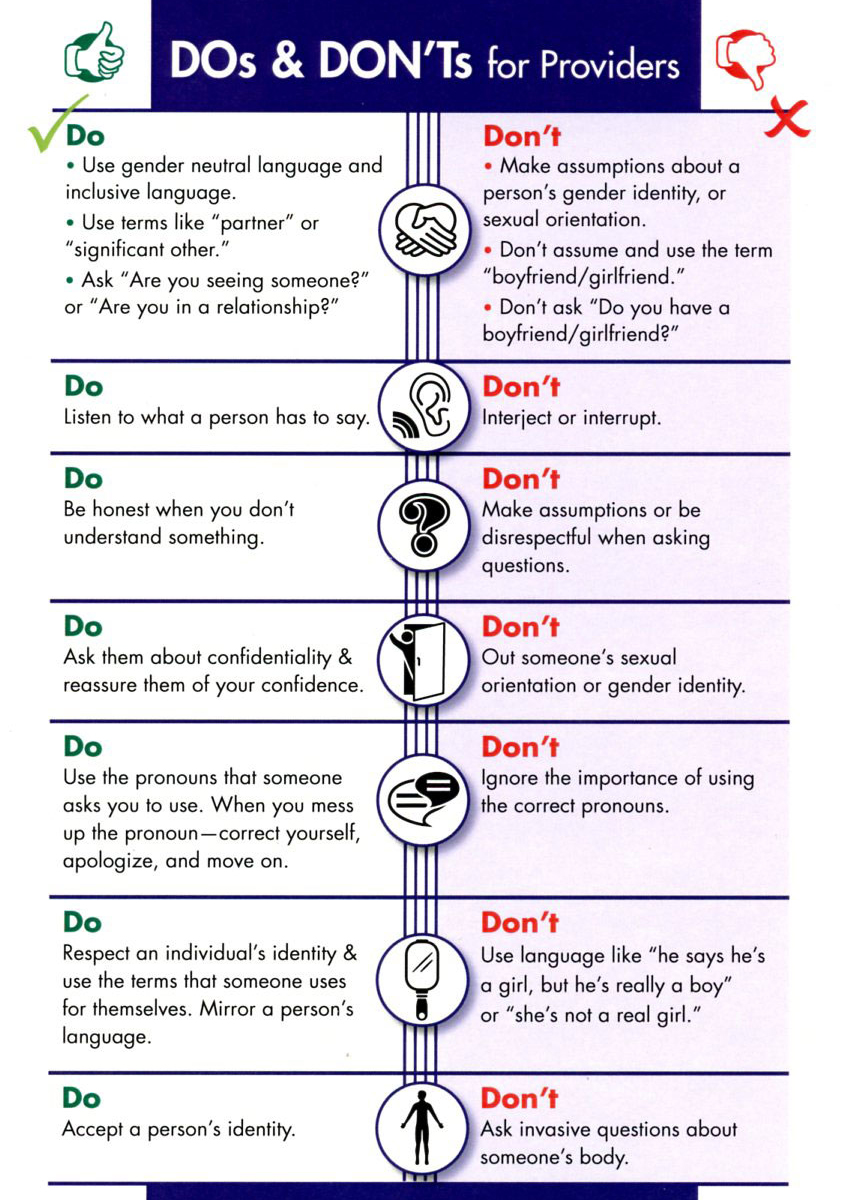

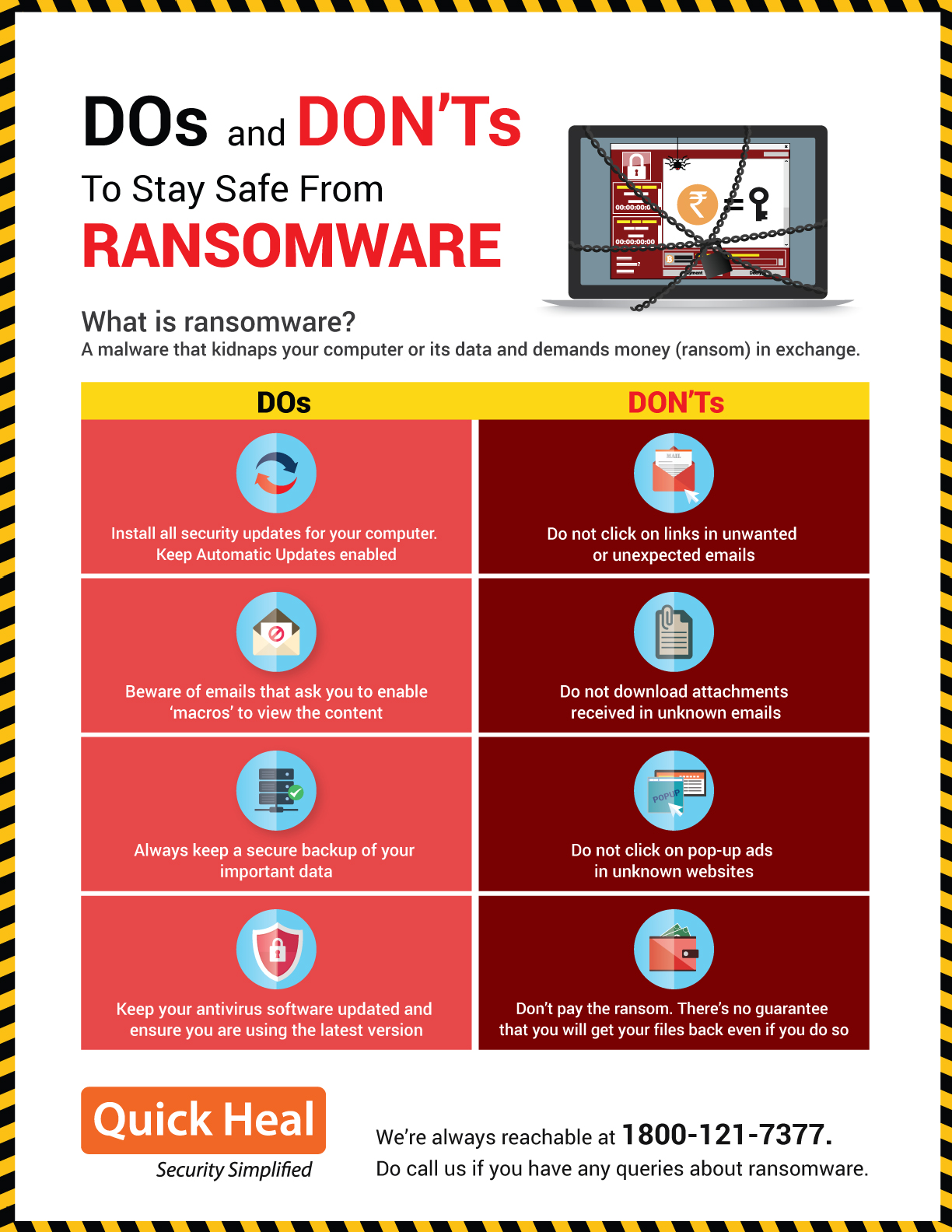




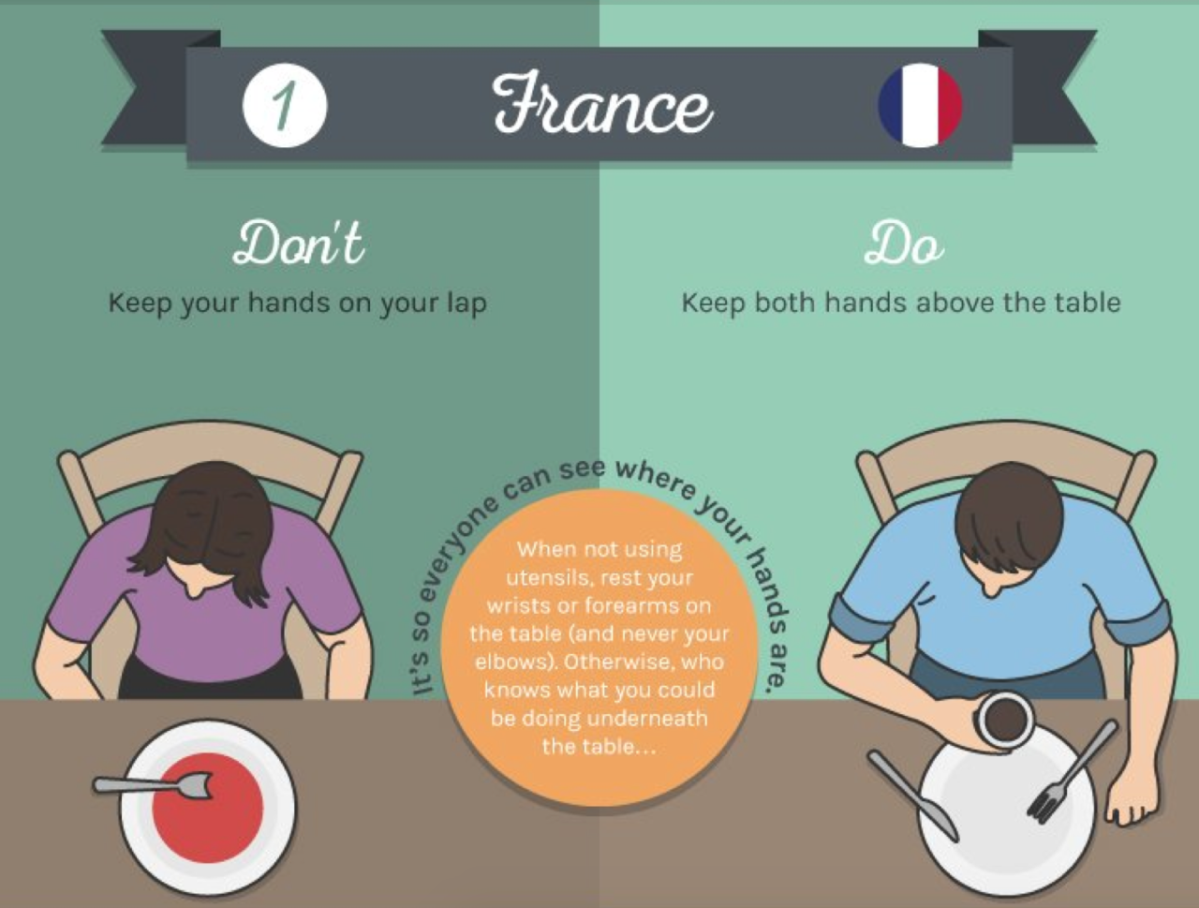

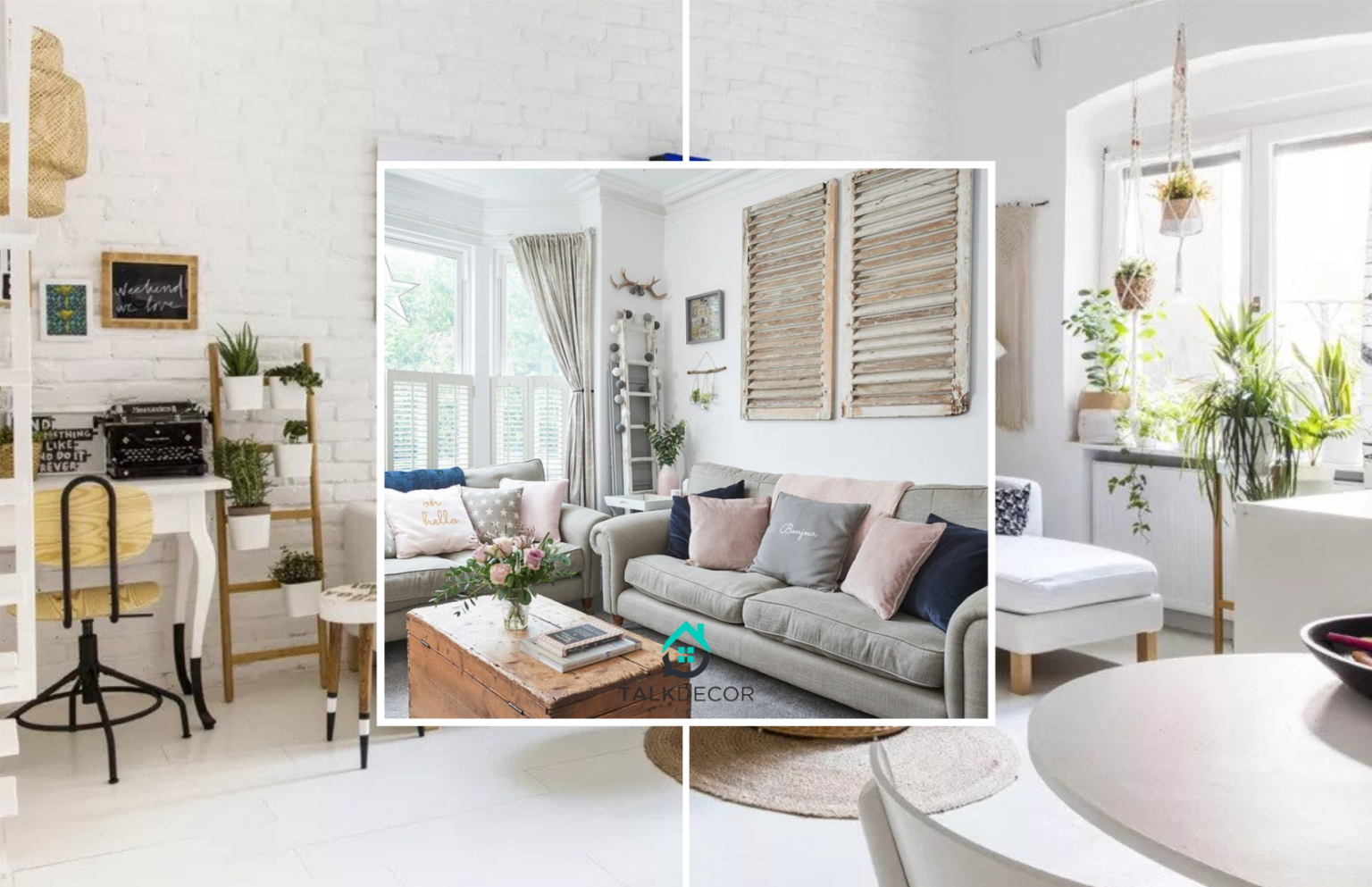
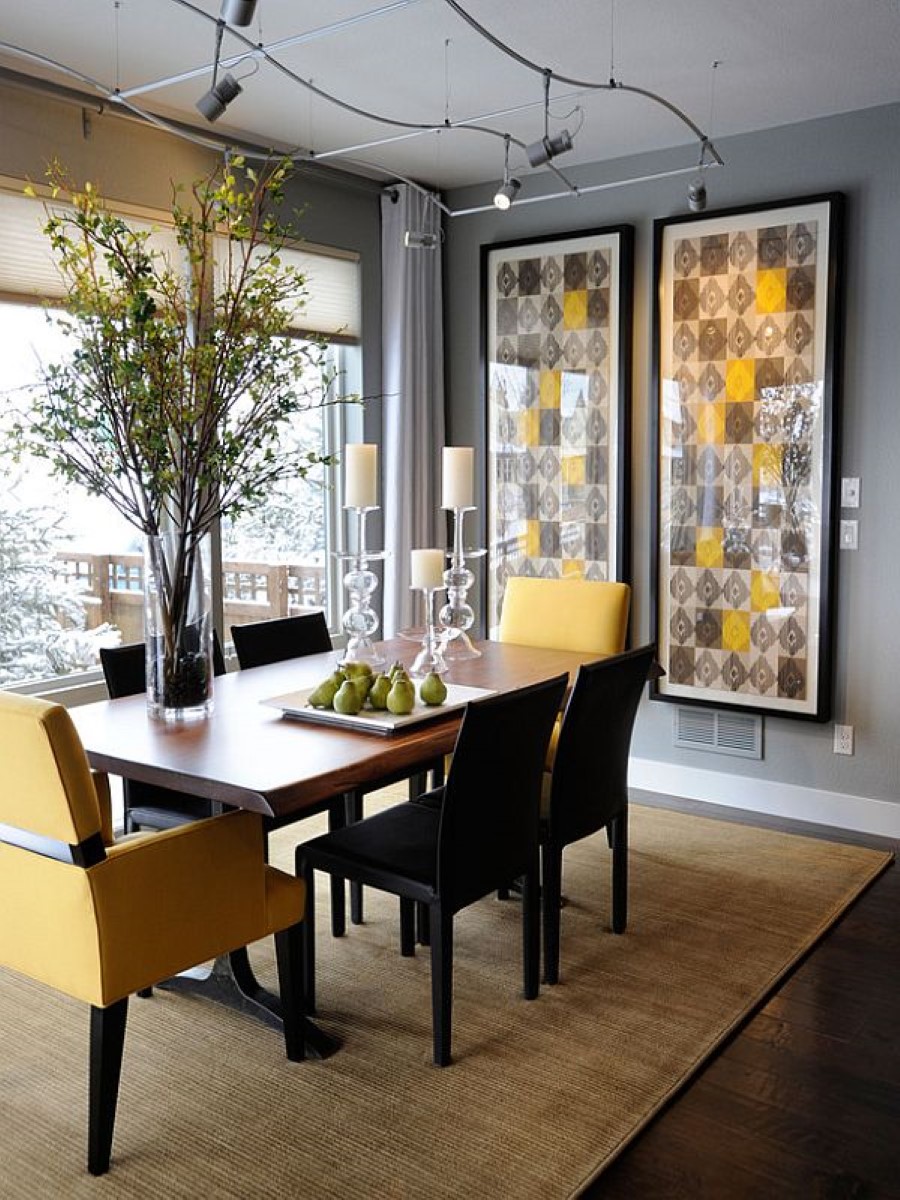



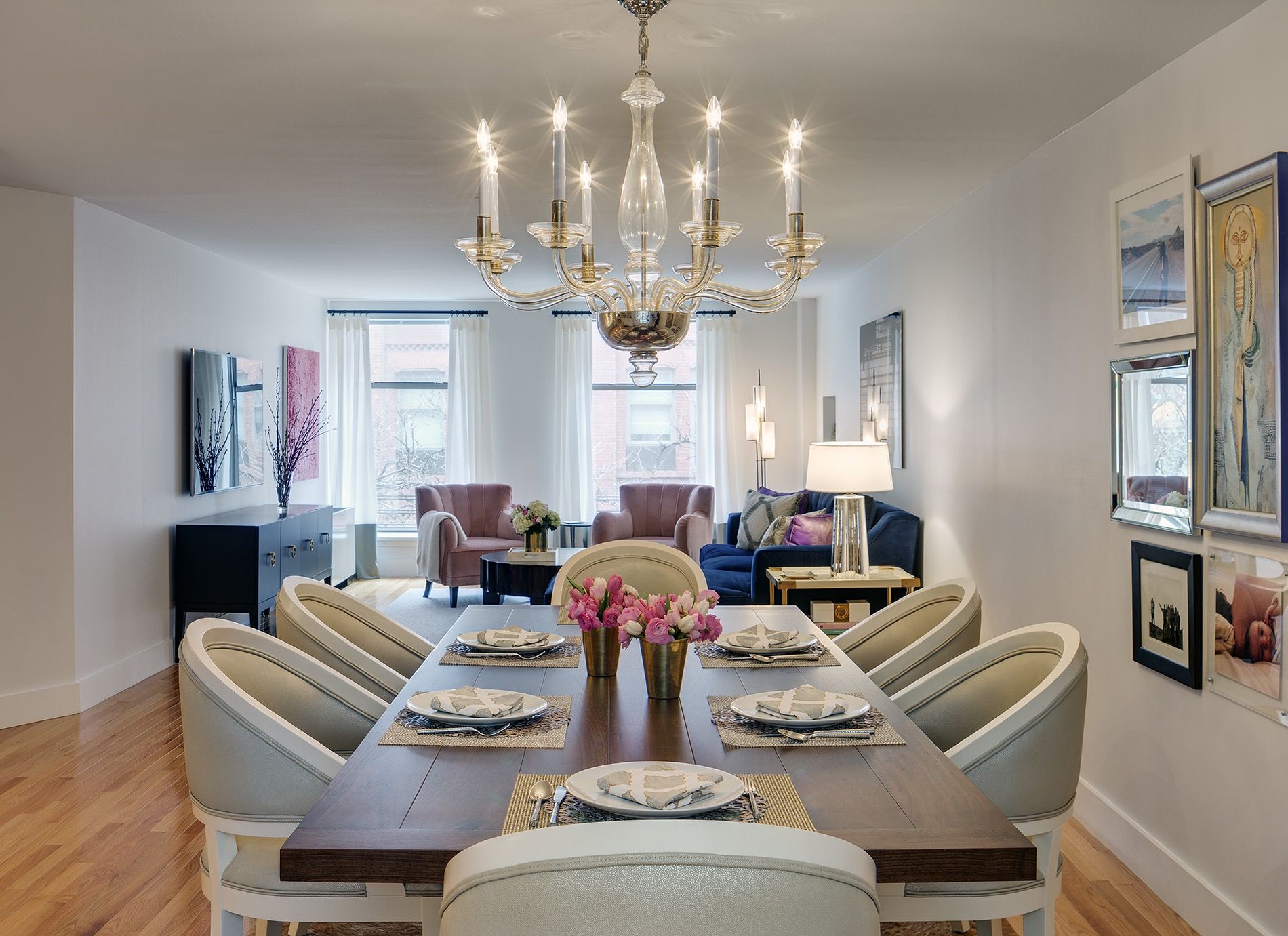


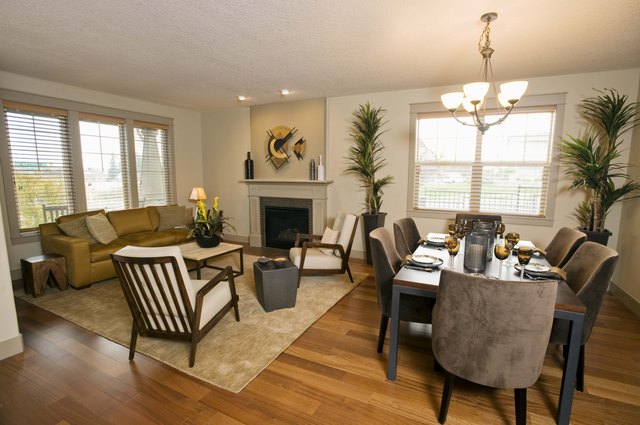











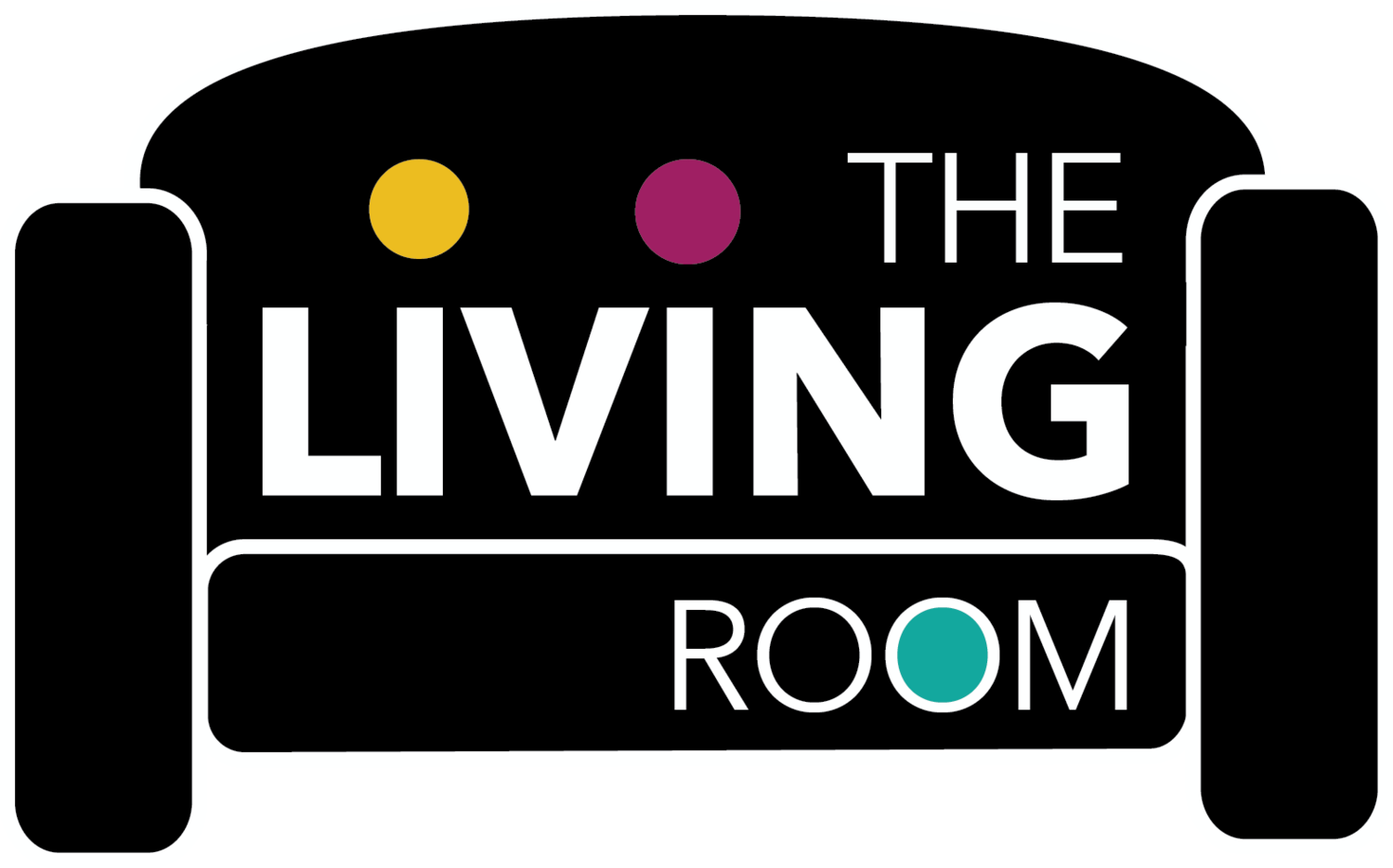




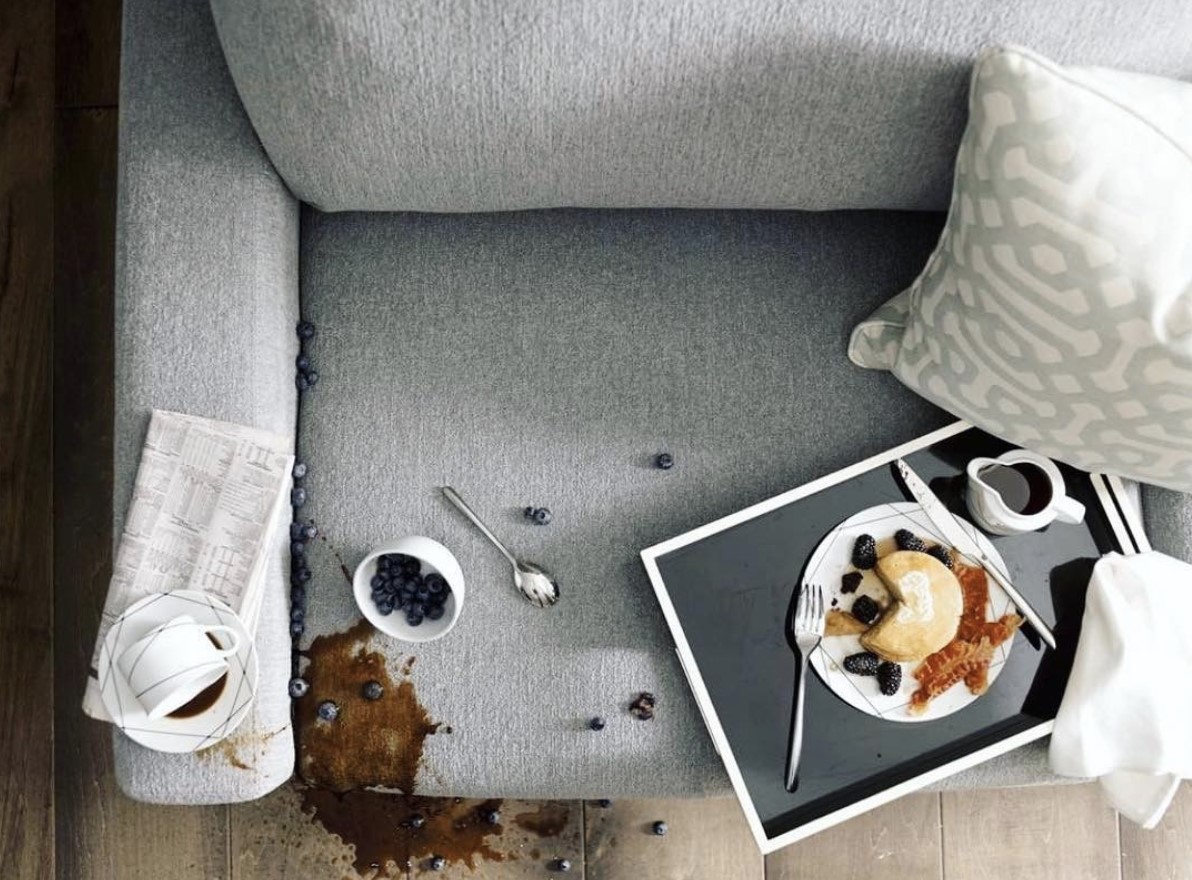





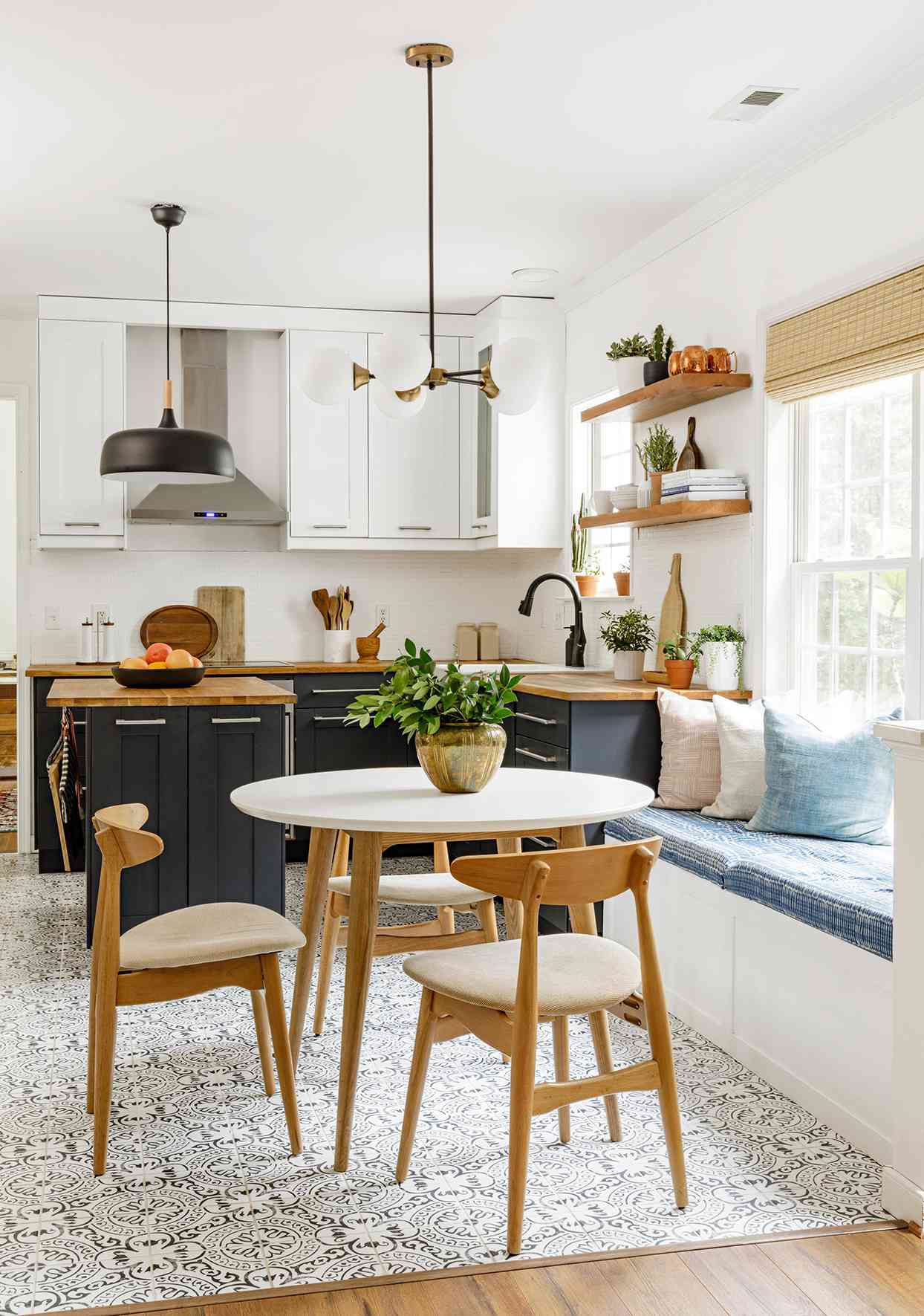

:max_bytes(150000):strip_icc()/orestudios_laurelhurst_tudor_03-1-652df94cec7445629a927eaf91991aad.jpg)

:max_bytes(150000):strip_icc()/orestudios_central_district_th_13-a414c78d68cb4563871730b8b69352d1.jpg)

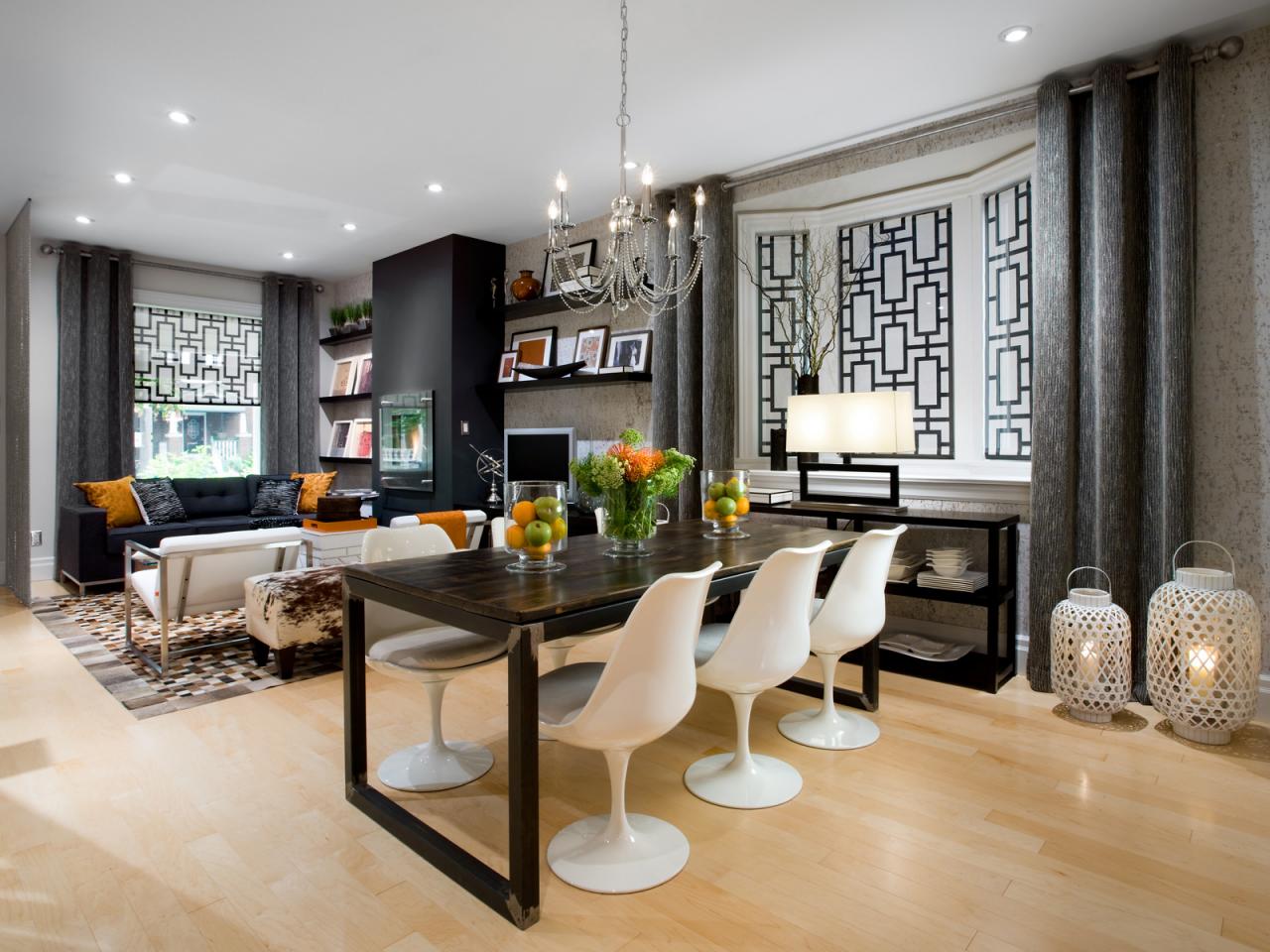




















/Living-room-with-plaid-and-leather-furniture-589faf575f9b58819cb3fb05.png)





